After losing 5v0 at home to Wrexham, just a few days before high flying Grimsby were due to run out at the Recreation Ground, I simply felt consumed by the realisation that the comprehensive defeat was no more than a portent of another disaster in the making.
On the Tuesday evening our team, and coaching staff, had worked tirelessly to deliver a pathetic performance that illuminated our status as the worst team in the National League (Dover don’t count).
And as I left home on Saturday my wife plaintively called out from the sanctuary of our home, ‘have a good game’. What is a good game, I mused.
But her words were then stuck in my head, and I was unable to clear them as I left the hills, littered with gentle moorland sheep, far behind. And as nature was increasingly replaced by strident motor vehicles, my brain was still trying to source that last good game.
As I headed towards the M5 I tried really hard to remember the last time that I had felt a connection with our club, through a combined passion delivered in emotional collaboration by the crowd and players.
Thankfully I gave up my reminiscence session as the motorway signs warned of a 30-minute delay after Swindon - time to get off the motorway and head to the Rec on the backroads, via Andover.
I concluded that it was many years ago….and my mind was at peace.
It has been for so long now that the 400mile round trip to home games, added to the thousands of miles travelling away, has delivered no more than a biennial present to the Dick Lovett dealership in Cardiff and the regular, somewhat unwanted, sagacious comments from my wife.
But on Saturday it wasn’t the regular meeting of friends and family in the Golden Lion, nor the memory of great beer that lives with me a couple of days on after the final whistle.
No, we really did play with passion and innocent enterprise against a mature and well organised Grimsby Town side.
The 2v1 win, secured by our young team, was certainly well deserved. It would be nice to think that the combined emotional outpourings can be sustained in the next couple of games against Torquay and Kings Lynn.
At its peak in the 1950s, Grimsby claimed to be the largest fishing port in the world. But after the pressures placed on the industry during the Cod Wars and then the European Common Fisheries Policy, which redistributed fishing quotas to other EU nations, many Grimsby firms decided to cease trawling operations there. And today, post Brexit, the fleet is down to less than 20 trawlers.
I was only five when the first
Cod War started on 1st September 1958, after the First Conference of the Law of
the Sea in Geneva failed to muster the two-thirds majority to adopt a 12-mile
limit on territorial seas.
Even before the first Cod War the Royal Navy maintained a patrol in Icelandic
waters for about 15 weeks a year. The mission of the Navy was to prevent any interference
with British fishing vessels.
The Icelandic Coastguard started with seven ships and two aircraft; the largest
ship was the Thor of only 920 tons. The first encounter involved the trawler
Northern Foam, when boarded by an unarmed detachment from the Icelandic gunboat
Thor. The frigate HMS Eastbourne interceded and eventually obtained the release
of the fishermen.
Then in 1971 the limit was extended to 50 miles; this had a dramatic effect on
British deep-sea fishing business, so another Cod War was inevitable.
During 1972 eight British boats had their trawls cut by Icelandic gunboats.
Despite political negotiations about limits and cod quotas the war escalated…….
And then it happened.
The British trawler Aldershot, out of Grimsby, was rammed by the Icelandic
gunboat Aegir. The Aegir seriously damaged the Aldershot in the stern - she
‘limped’ off to the Faeroe Islands and the hole was patched up with cement -
now that sounds so very Aldershot!
The aggression levels increased and in July 1975 Iceland declared a 200-mile
fishing limit. Serious contingency planning for a third Cod War started
immediately as there was little chance of a negotiated settlement.
This Cod War lasted until 28th May 1976 when an agreement was reached after a
Foreign Ministers meeting in Oslo limited the number of trawlers fishing in
Icelandic waters and implemented conservation areas, including extra prohibited
zones.
Iceland grew in economic strength outside of the European Union….…Grimsby died
and the trawler Aldershot vanished.
But today, as our fishing industry melts faster than the polar ice cap under
the radiator of global warming, I’m not sure how many boats will be in the
harbour when we visit Grimsby Town in February.
And if I get to Grimsby in good time for the game, then to the rear of the fish docks, the National Fishing Heritage Centre may just reveal the secret of the Aldershot.
The Aldershot
In the 1960s more than 20 trawlers were named after football teams, and over the decades from the first in the early 1930s nearly 30 clubs were represented. Inevitably there was a Grimsby Town. However, as well as ships named after the more glamorous clubs of the 50s and 60s - an Arsenal, Aston Villa, Everton, Spurs, and Wolverhampton Wanderers (the last of those must have been a tight squeeze to paint up on the stern) - the smaller clubs were well-represented, including an Aldershot, Gillingham, Port Vale, and, generously considering their rivalry with Grimsby, a Lincoln City. The one foreign team, inevitably at that time, was the Real Madrid of 1961.







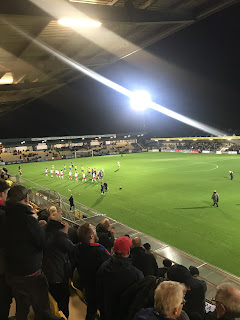



















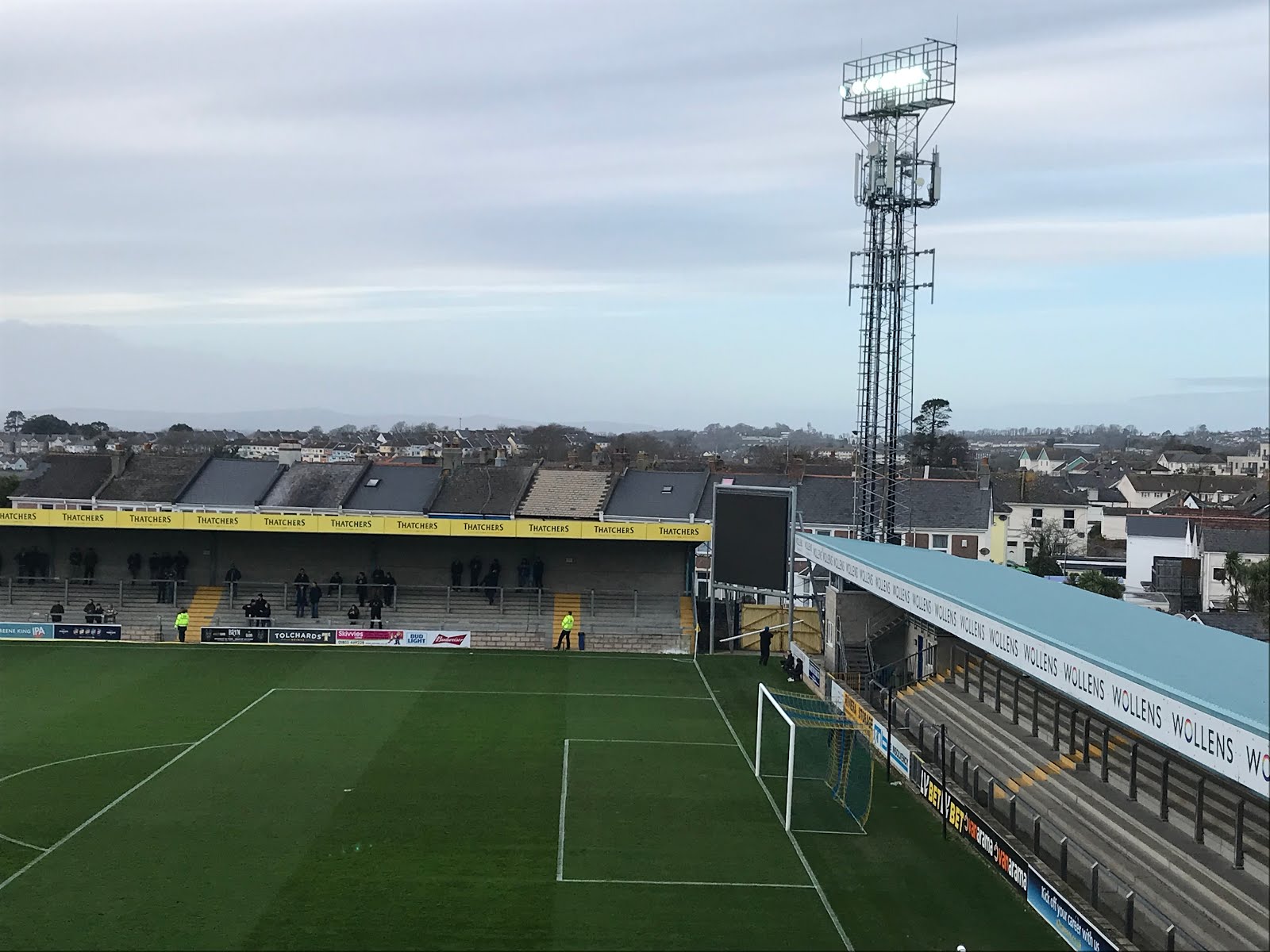






































































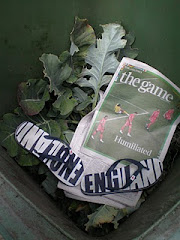







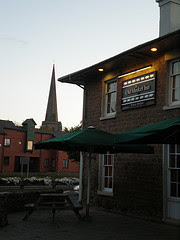










































































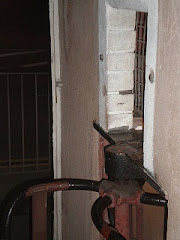


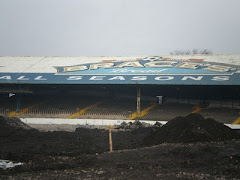
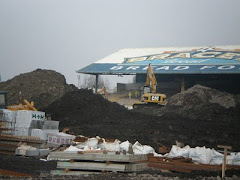





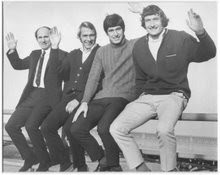

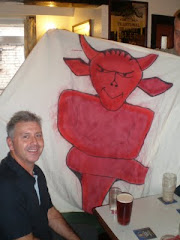

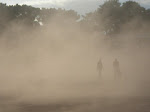

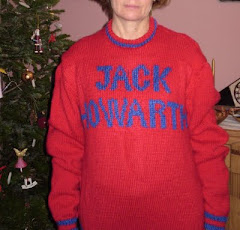















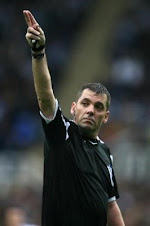




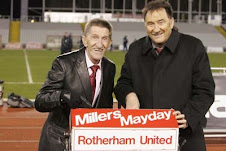







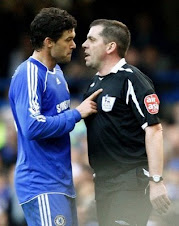









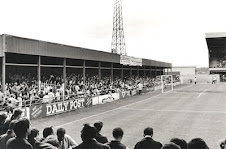





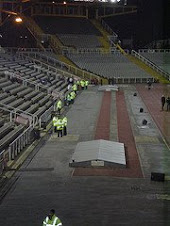





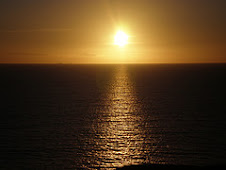




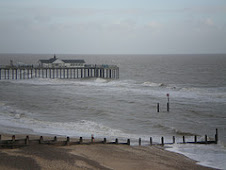









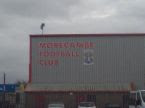










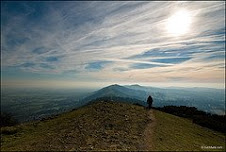












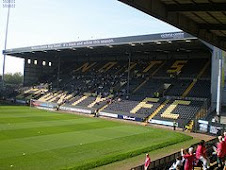














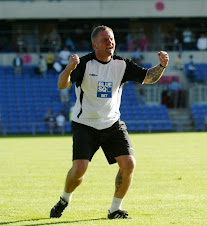























































































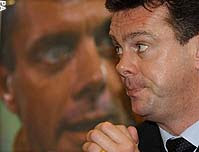






























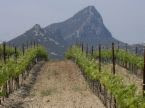
















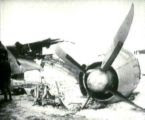










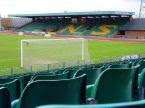
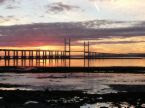


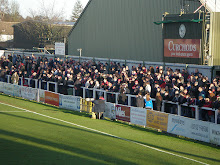




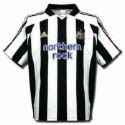

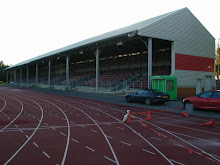







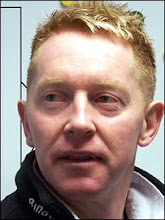





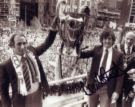
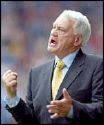












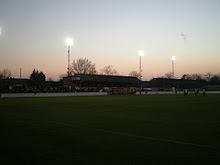



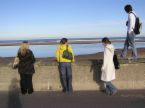
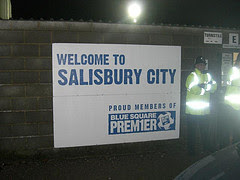
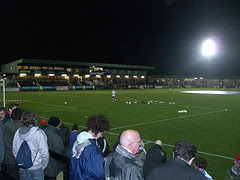
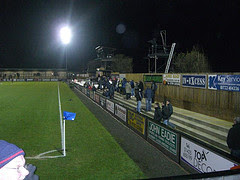




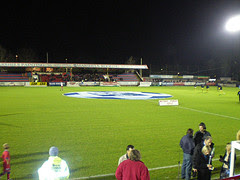
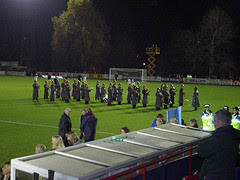

















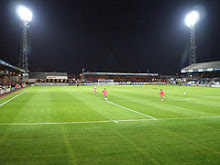


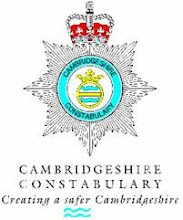



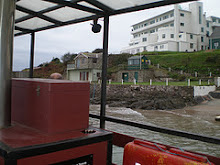
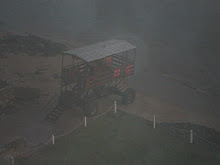





















































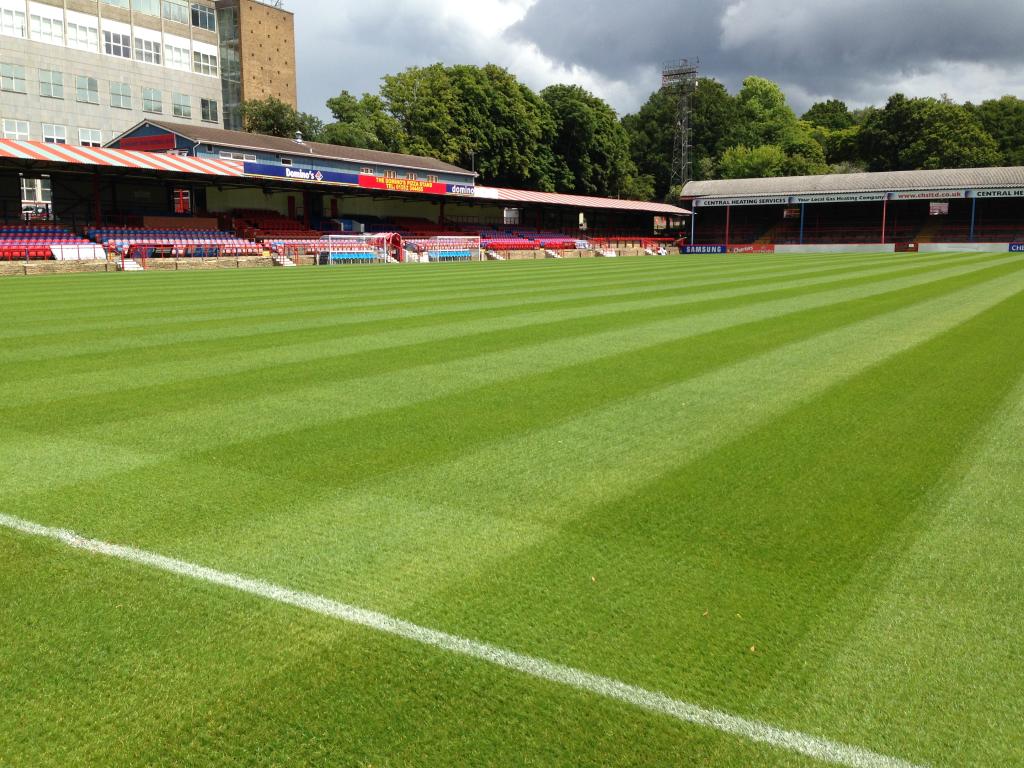

No comments:
Post a Comment